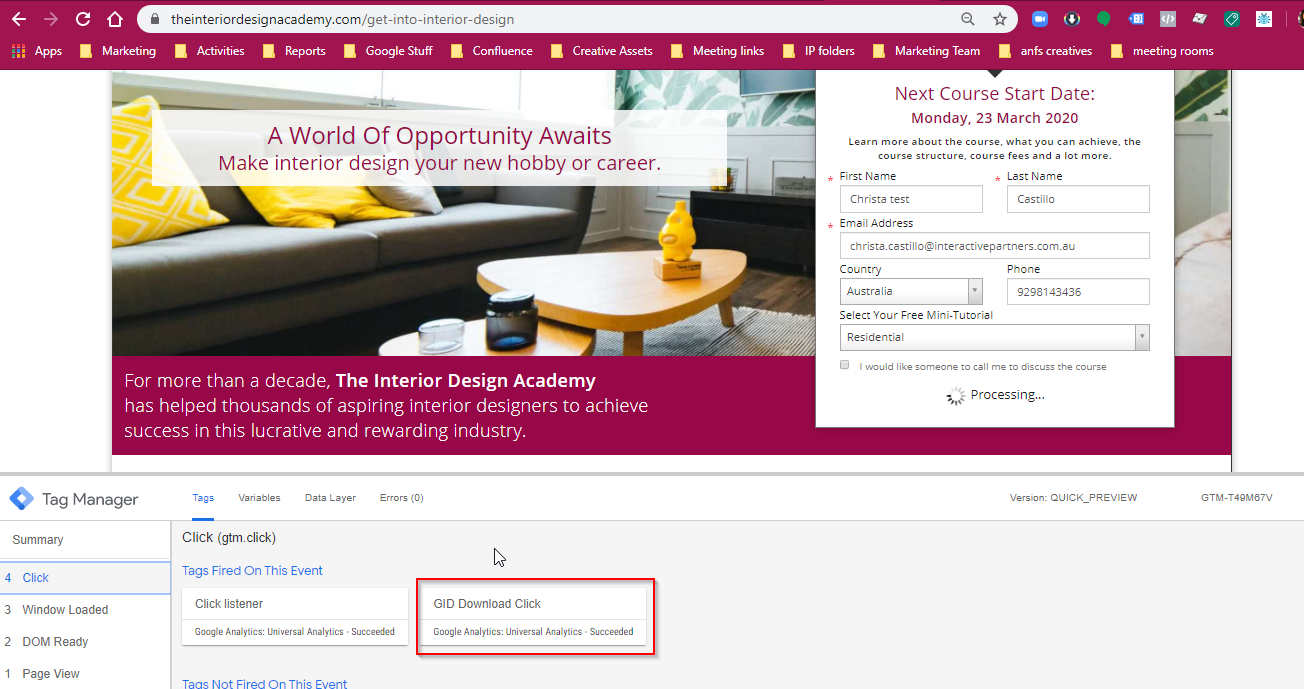- Elements of Google Tag Manager
- Supported Platforms
- Google Tag Manager vs Direct Code: Key Benefits
- Cross-Domain Linking: Creating a Unified View in Google Analytics
- Best Practices for Implementing Google Tag Manager
Best Practices for Implementing Google Tag Manager
Organize Tags using Google Tag Manager
Get all marketing, analytics and vendor tags on Google Tag Manager. Almost all tags are supported by Google Tag Manager given that it also allows the use of custom HTML where one can add the script.
Limit only Two Tag Managers per website
If possible, it is best practice to keep only one Google Tag Manager. However, some instances would require the use of Google Tag Manager such as having a consolidated view of several Domain's Google Analytics accounts. However, there are instances that digital agencies would request for their tags to be implemented on the website. The best approach to this is to give the agency access to the company's Google Tag Manager instead.
Test all Tags using Preview/Debug Mode
To make sure tags are firing correctly, use the Preview mode to show Debug window on the website. Simply do the action that requires a trigger and see if any Tags were triggered.
